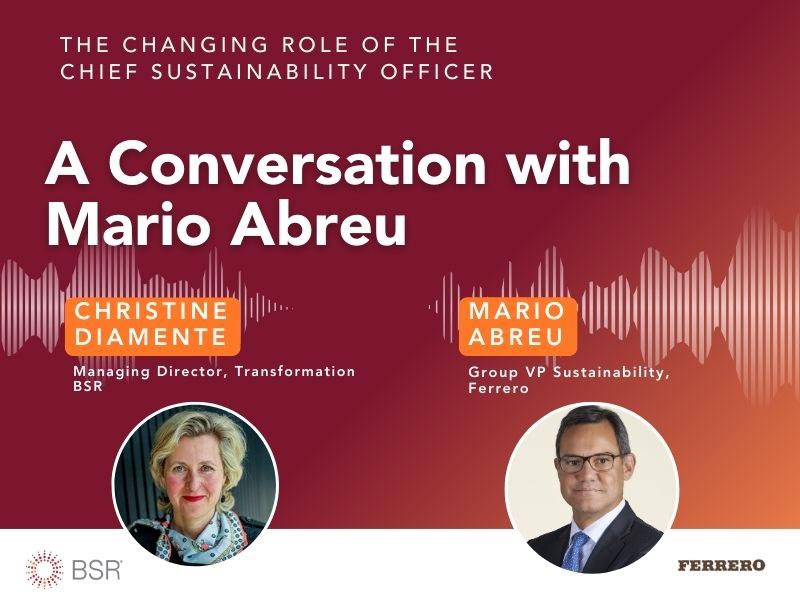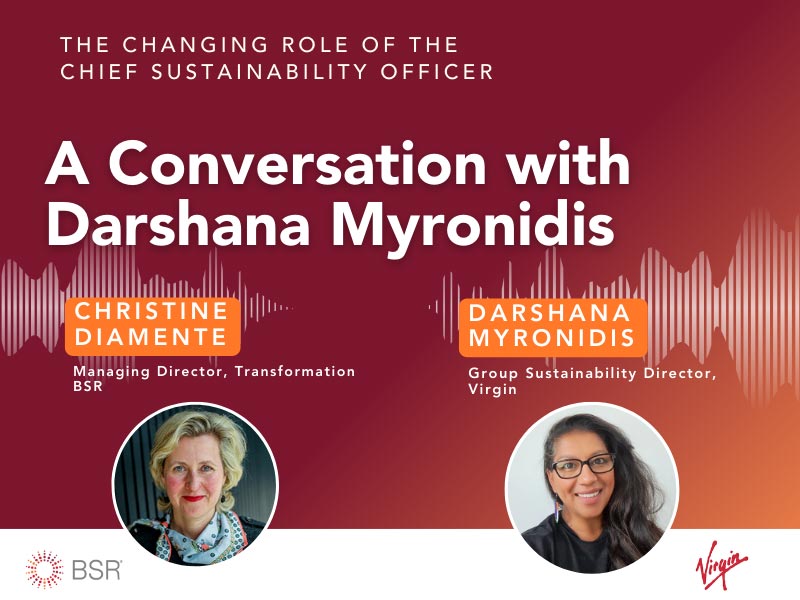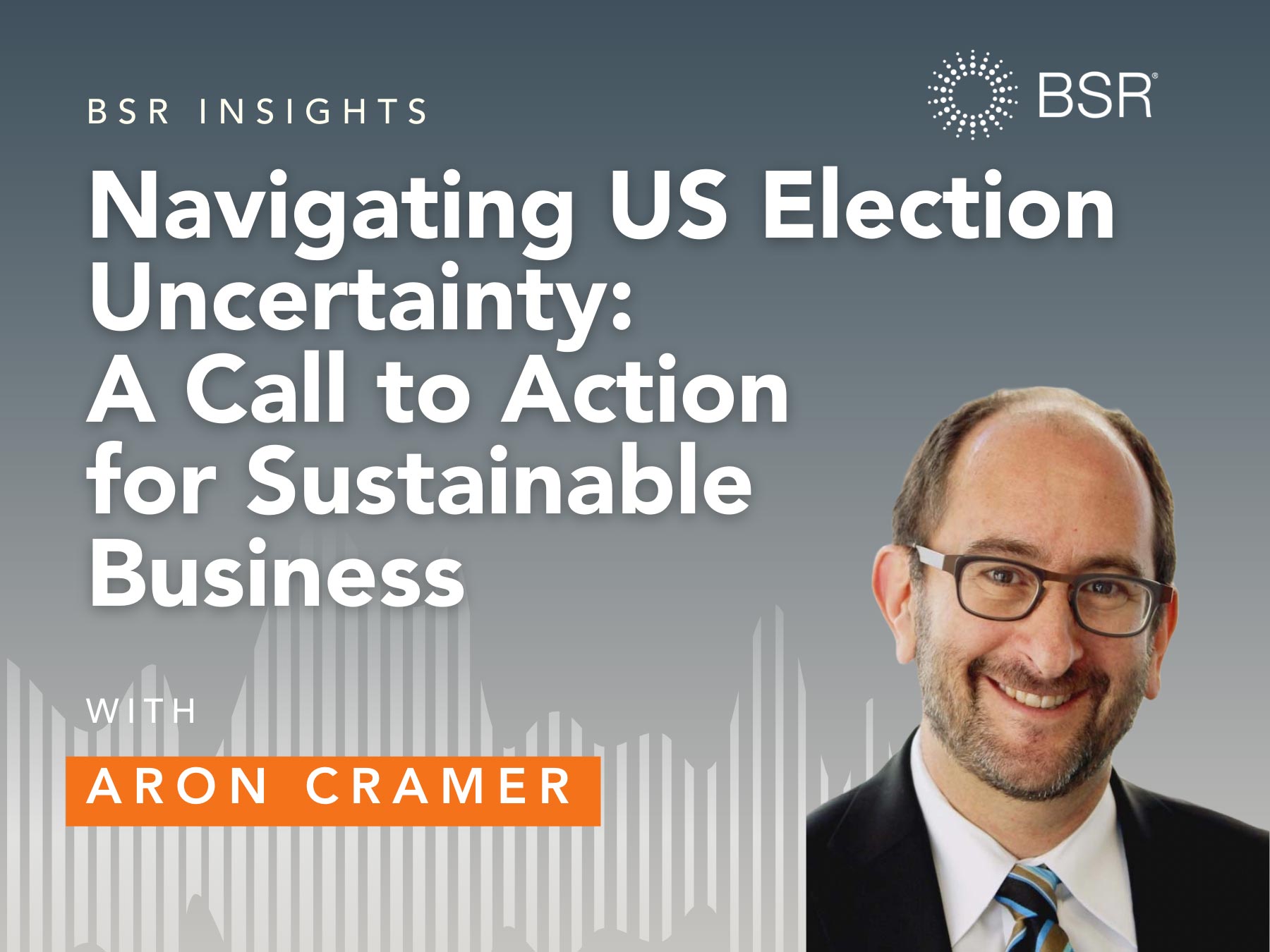The Challenge
Since 2010, Sanofi has used the materiality principle to ensure that its CSR strategy addressed the issues of greatest importance to both business success and stakeholders. Sanofi’s first materiality analysis in 2010 resulted in 12 priorities for action, and while Sanofi has continuously revised and improved the process since then, the same 12 CSR priorities have remained.
In 2013, Sanofi decided that after three years, it was the right time to review its materiality priorities. The company enlisted BSR’s help to explore whether these 12 issues had shifted in relative importance, whether there were additional issues to consider, and how best to focus the company’s resources.
Our Strategy
Sanofi and BSR partnered to rank, map, and analyze a list of 50 potential issues, ranging from pricing of drugs, to responsible marketing practices, to emissions, to water, to talent development.
BSR’s materiality methodology has evolved since its creation in 2006, and in this case our methodology included a qualitative and quantitative dimension—engaging more than 100 internal and external stakeholders across Sanofi’s nine categories of stakeholders and across all major geographies through desktop research, phone interviews, in-person interviews, and online surveys. We also stretched our methodology to incorporate questions that helped us understand and highlight levels of management, actionable items, risks and opportunities, and upcoming trends.
This new approach to materiality gave Sanofi a deeper understanding of the company’s priority issues, which allowed the company to narrow the list down to six CSR priorities that are closely linked to its core business. Some items were kept, such as access to healthcare and patient safety, while the scope of other issues, such as business ethics, was clarified.
On environmental issues, stakeholders were divided. One stakeholder with a strong knowledge of the pharmaceutical sector described these issues as “less important, as they are not specific to the pharmaceutical industry.” While this overarching comment was shared by several stakeholders, many clearly identified “pharmaceuticals in the environment” as a growing risk, and because of BSR’s robust methodology, Sanofi felt confident in including this issue in its final list.
Our Impact
Materiality is used to inform strategy, so the immediate impacts are in changes to the company’s CSR approach. This more focused list of issues is now helping the company sharpen its strategy, rebalance the allocation of resources and attention dedicated to advancing each issue, and work toward the objective of amplifying the company’s impact in the coming years.
Lessons learned
This project confirmed two key concepts of materiality.
First, a materiality process that involves robust methodology and a thorough data and input collection process can do more than identify priorities. It can provide a baseline assessment of risks and opportunities, and it can address management performance and even identify rising trends.
Second, materiality is more than the sum of its parts. It can provide an opportunity for stakeholders to influence a large company, for a company to continue existing dialogues or start new ones with stakeholders, for corporate teams to engage with executives, and for the company to bring focus and create more value for the business and its stakeholders.
Let’s talk about how BSR can help you to transform your business and achieve your sustainability goals.








